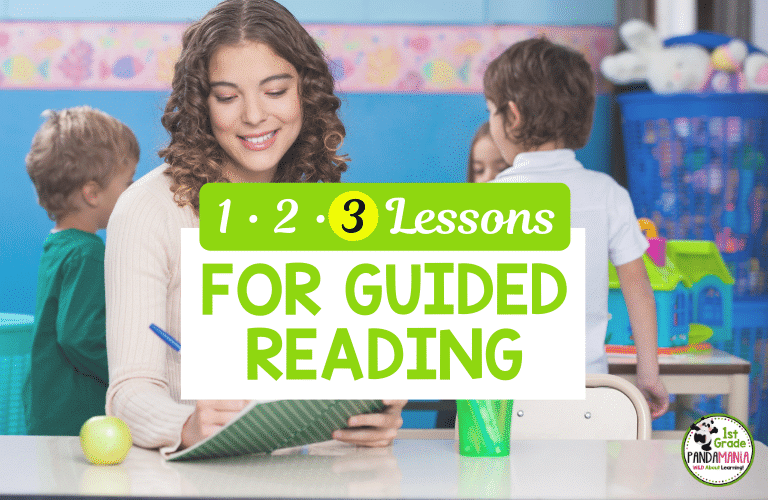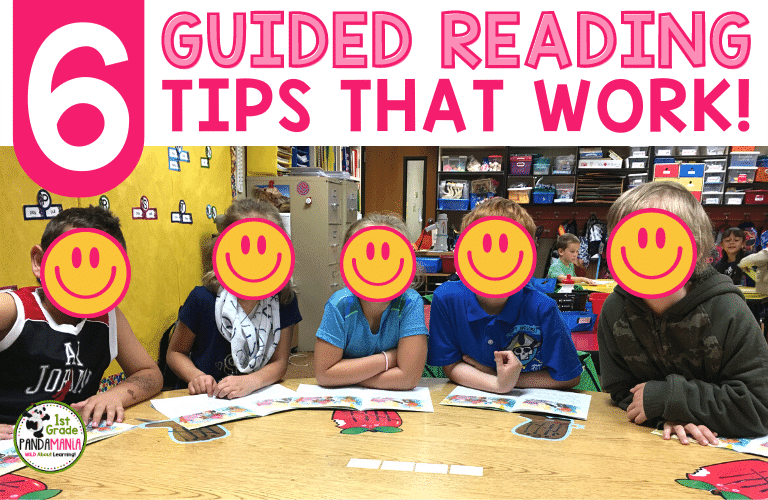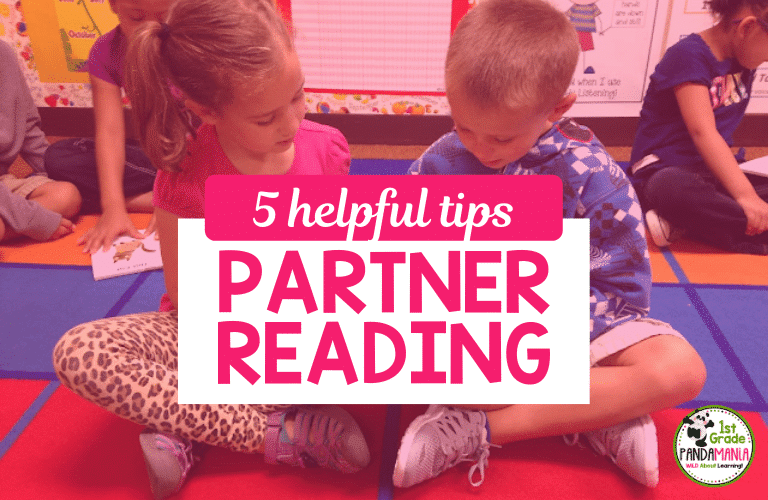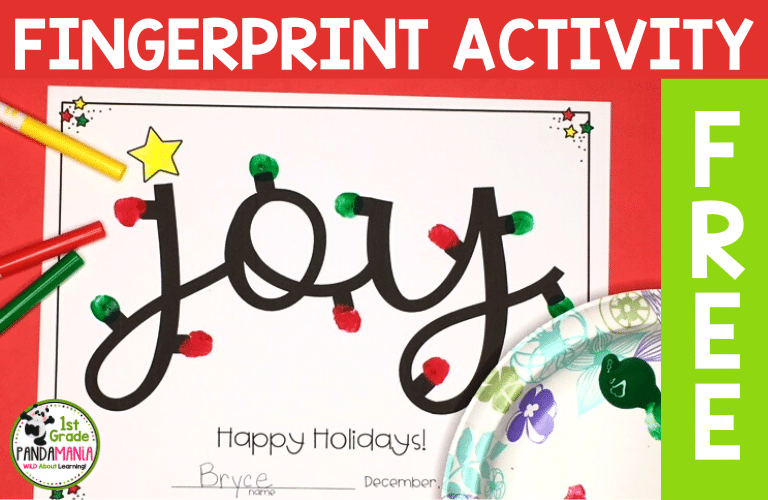Step 2 to Guided Reading Lessons: How to Intentionally PLAN
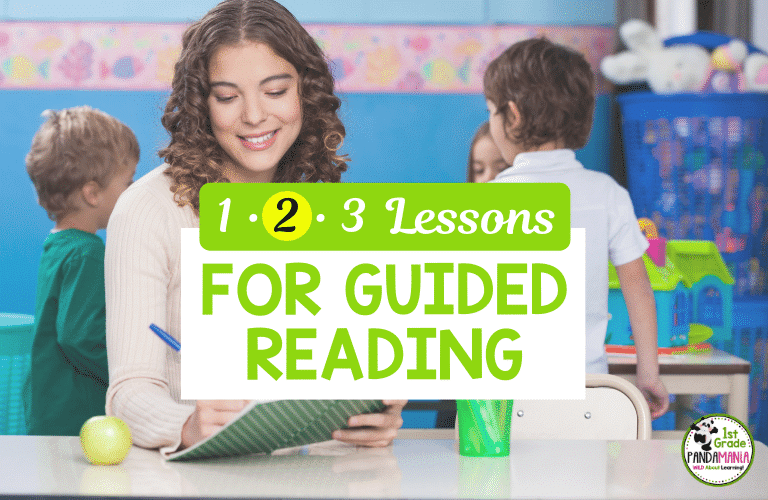
In the original post, Guided Reading Lessons in 1-2-3, I mentioned there are 3 parts to designing effective guided reading lessons.
The process I used is quite simple:
I know. It’s not a big secret method. It’s what many of us already do.
But in order for our guided reading lessons to be effective, each of the 3 steps must be intentionally completed.
Intentionally: Purposefully, deliberately, with intention, knowingly, meaningfully

This blog post will focus on #2: Planning
I’m not proud of it, but when I first started teaching, I was not intentional with my planning. I didn’t refer to scores to determine groups. I didn’t target specific skills to focus on as I should have. And I didn’t regroup students as I should have throughout the year.
Don’t get me wrong. I was an effective guided reading teacher. But I could have been much more effective if I had intentionally planned.
Where to Start?
You have your data, and you have recorded it in a way that helps you to see all students’ scores. A one-page view has always worked best for me so I’m not flipping back and forth for each relevant skill.
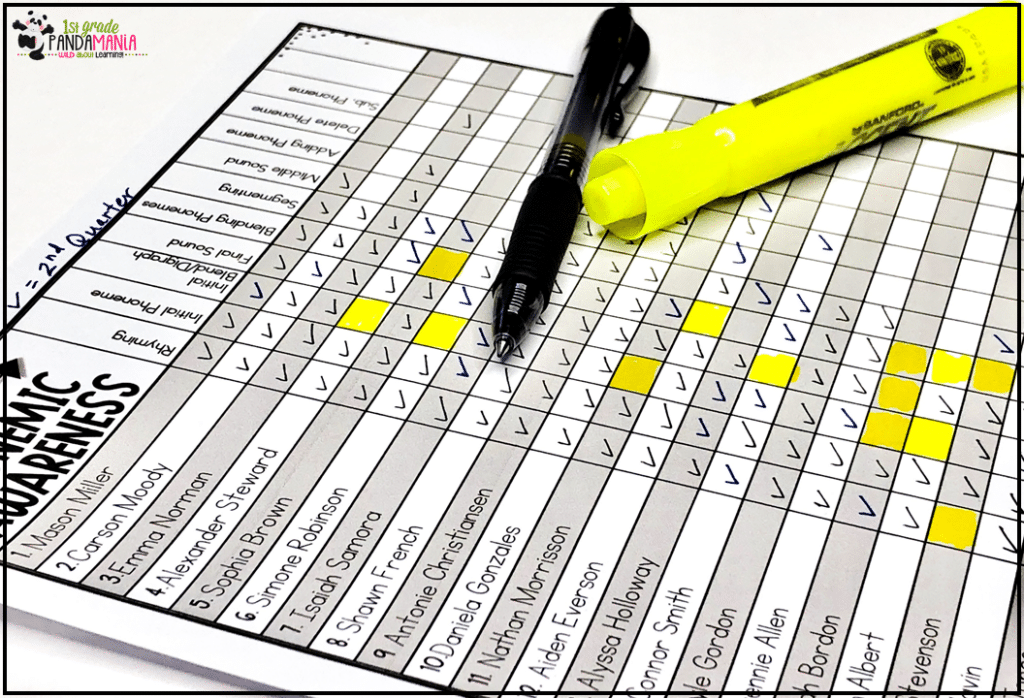
If you haven’t organized your data yet, this fillable PDF grade book is a lifesaver. It’s part of our Targeted Phonics Assessment Pack and It’s also part of our complete Targeted Guided Reading Resources Pack!
There are various grade book pages to choose from with different skills along the top. There is even a blank grade book spreadsheet for you to select and write your own targeted skills in the columns along the top and still auto-fill your student names.
I suggest using different colored highlighters to draw attention to scores that are well below or well above the benchmark scores for that time of year. If you don’t know what scores your students should have for each quarter, ask your reading specialist in your building or district for guidelines.
Suggestions:
✔ Highlight scores of students who need intervention with phonemic awareness skills (phoneme segmentation, first sound, etc.). Ask: Are my students able to hear the sounds in words? (**Keep in mind…If you have students who are struggling at this level, they will have difficulty with decoding and fluency. Be sure to solidify these skills.)
✔ Highlight scores of those students who are below the benchmark for decoding nonsense or real words. Ask: Are my students able to decode words automatically with the sounds they’ve learned each week?
✔ Highlight scores of those students who are struggling with sight word fluency. Ask: Are my students keeping up with our weekly sight words?
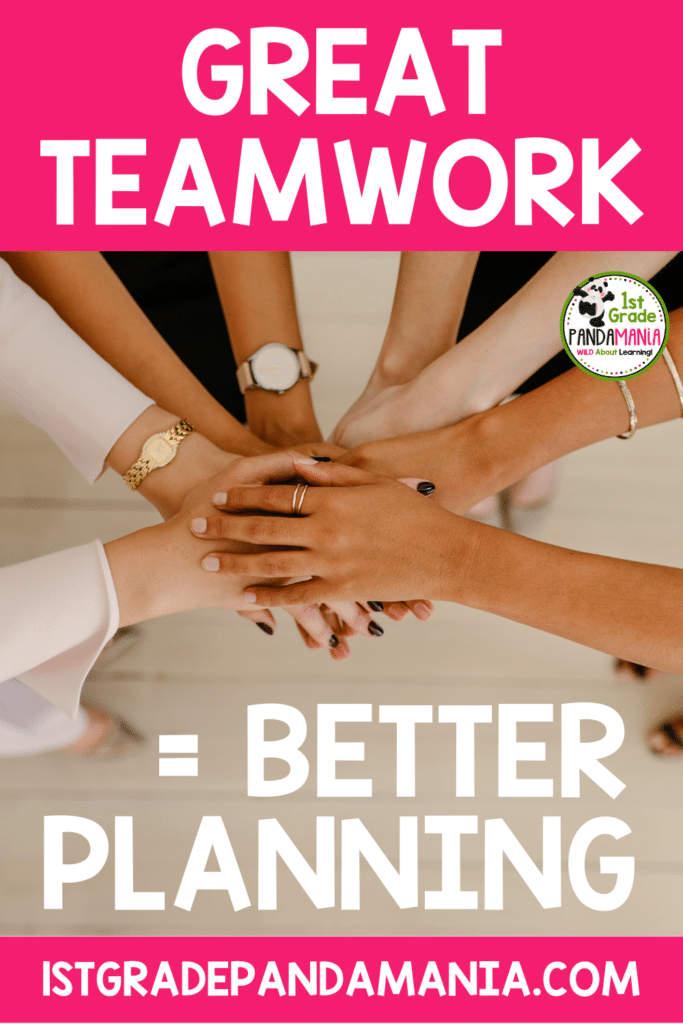
✔ Highlight scores of those students who are needing support with reading fluency. Ask: What is the reading fluency benchmark for that time of year?
✔ Highlight scores of those students who are struggling with comprehension. Ask: Can your students retell a short 1-minute passage with detail?
✔ Ask teammates, team lead, reading specialist, interventionists, or an administrator what else you should be targeting at that level and that time of year.
When it comes to planning, even the most experienced teachers often need support and advice from their peers.
Great Teamwork = Better Planning
If you are lucky enough to have a great team to work and plan with, take advantage of it.
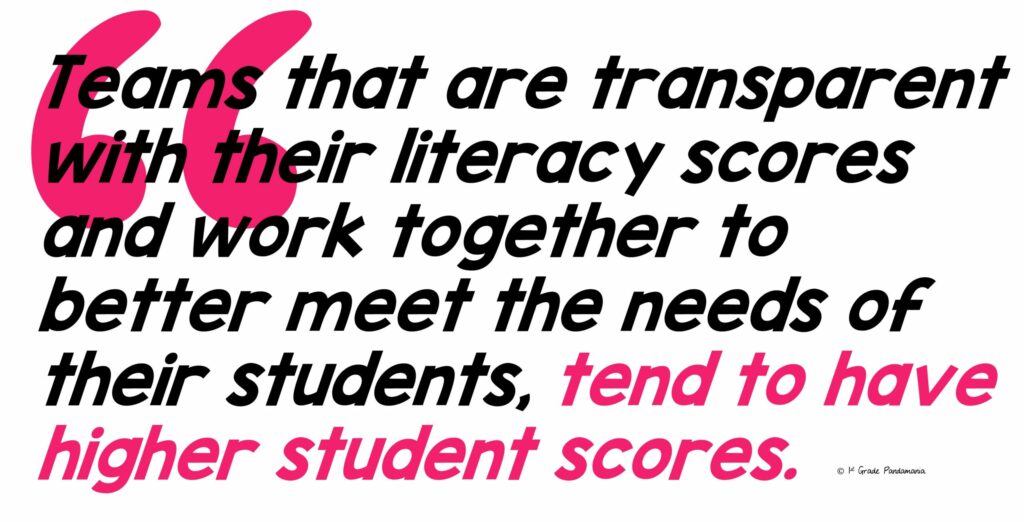
It makes sense, right? So learn, work and plan together.
Intentionally Group Those Students
You’ve analyzed and discussed the data with your team, highlighted your scores of concern, and now it’s time to group your students accordingly and intentionally.
It’s best to be flexible with your grouping. Young readers can go from struggling readers to being the top readers in your class during a year of instruction. So intentionally group them and intentionally regroup every two weeks according to their needs.

Group them according to similar needs, not just low group, middle group, high group, etc. When you can say, this group is working on phonemic awareness, CVC blending, and sight words, you are more likely to move them as readers than if you just say this is the “low group.” Every student has something to work on. Group them accordingly.
Ask yourself how many groups can I reasonably have? What kind of time do I have in my guided reading block? Will I be able to meet with every group every day?
These are great questions to discuss with your team, reading professionals, administration, or any of your go-to people.
Intentionally Plan Your Guided Reading Lessons
You have your groups, so now you need a plan for each group. Your plan should include their names, scores, and goals for the two weeks. It should be something that is so useful to you that you need to have it out in front of you daily to guide your lessons. It should also be something that a substitute can easily follow, so something explicit, but simple, on one page is preferable.
Targeted Guided Reading Plan
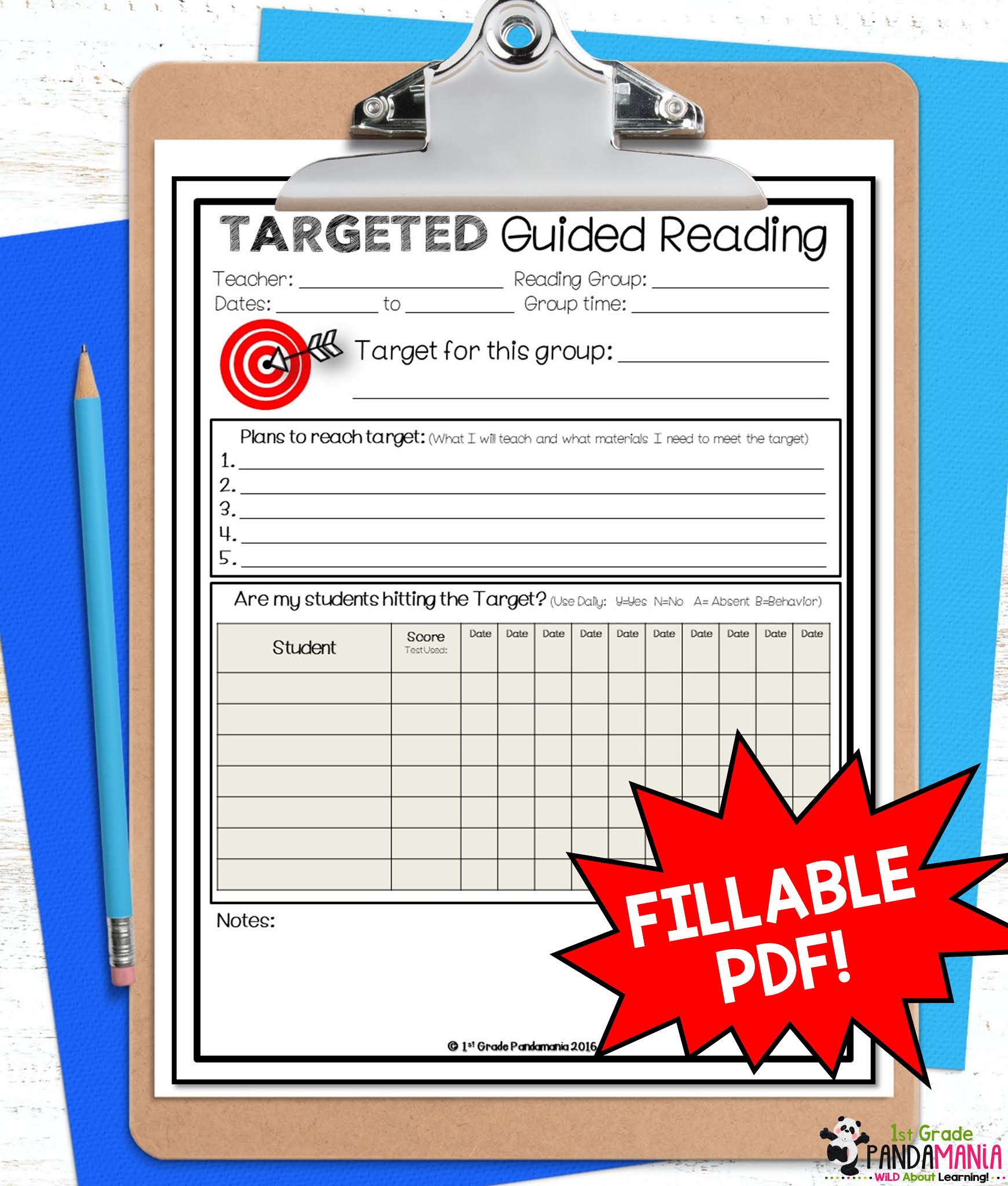
This Targeted Guided Reading Plan is a one-page guide that has all you need. Fill it out intentionally, and you will have a targeted plan for two weeks that will guide your daily lessons.
You will have a PDF fillable form with:
- The target(s) for the group.
- The plans to reach the target(s)
- Student names
- Student scores from the start of the two weeks
- Daily marks for behavior, attendance and performance
- A place for notes
Here’s an example of a Targeted Guided Reading Plan sheet that I used along with a flip book of activities suggestions organized by skill level (included in Targeted Guided Reading Resources Pack).
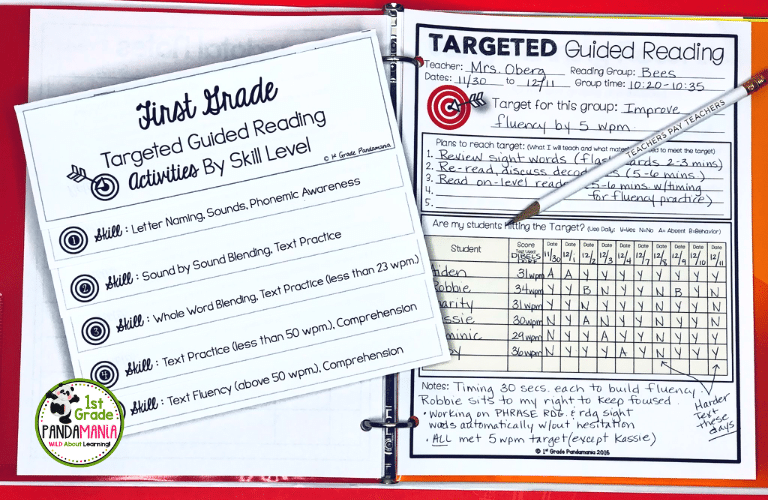
After 2 weeks, you have new data and notes to help you determine each student’s progress and things that may be working/not working for each student. For example, absences may be what is causing a lack of progress. Behavior may be an issue. You may notice certain patterns that your memory may not always recognize as an issue. When you test those students after 2 weeks, you can use this daily data to help determine whether or not students are ready to move to a different group.
You CAN be successful at teaching guided reading if you take an intentional approach each step of the way.
Thanks for stopping by and feel free to comment below with any questions!


